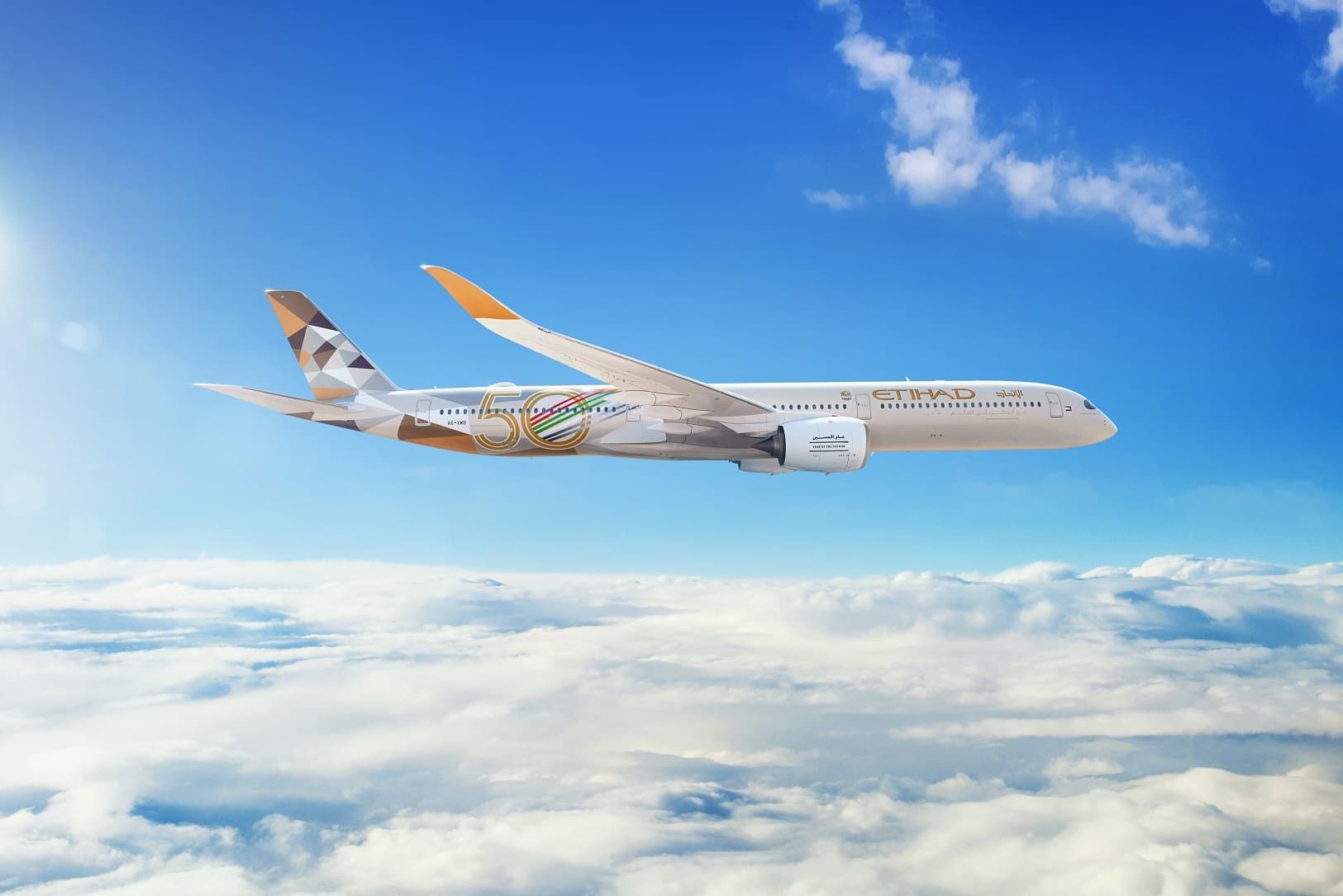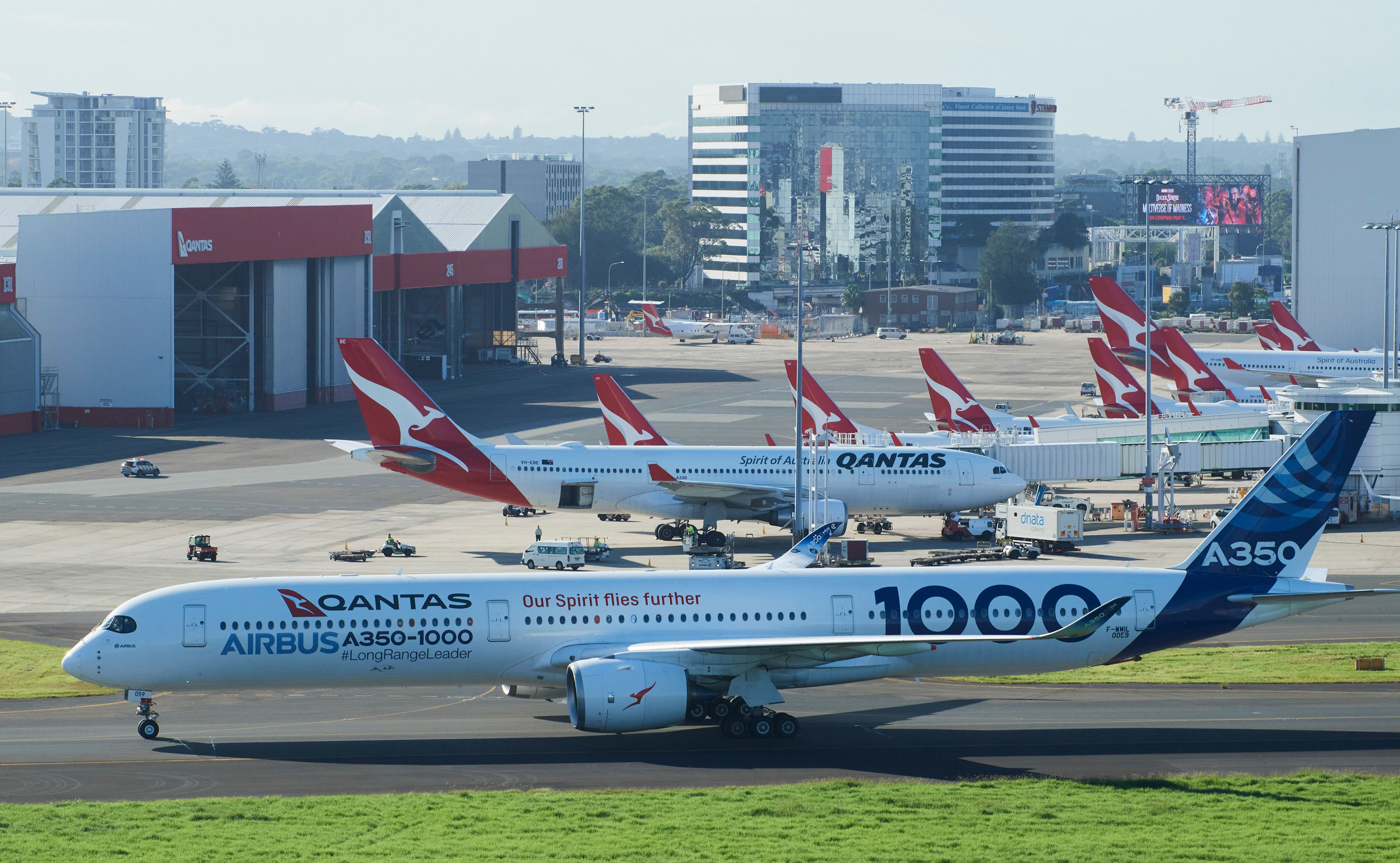Operators of the Airbus A350-900 and -1000, are being warned by the European Union Aviation Safety Agency (EASA) to amend the applicable AFM (airplane flight manual) and Minimum Equipment List due to a software issue that could lead to a loss of elevator control. The directive was issued on May 5th and has been assigned an effective date of May 9th.
Faulty elevator indication
Published as Emergency Airworthiness Directive 2022-0079-E, EASA states that "an occurrence was reported where the PRIMary flight control computers (PRIMs) indicated that both elevator actuators were considered faulty." The EAD also states that subsequent investigations had found that incorrect instructions had been implemented with the introduction of the "PRIM P13 standard", which is part of the Flight Control and Guidance System (FCGS) X13 standard.
According to FlightGlobal, this software snag could lead to loss of elevator control for the Airbus A350 - a potentially severe condition that would affect the pilot's ability to control the aircraft.
One week from May 9th to implement fix
With the effective date of the AD set at May 9th, EASA is mandating that operators must amend the applicable airplane flight manual (AFM) within seven days - or by May 16th. The AFM should be updated with a temporary revision (TR), noted as AFM TR 132 issue 1 or 133 issue 1.
EASA's directive also states that operators must "inform all flight crews, and, thereafter, operate the aeroplane accordingly." Affected operators must also amend the Airbus A350 Master Minimum Equipment List (MMEL) accordingly.
Discover more aviation news here.
The directive is considered by EASA to be an interim action, meaning that further action may follow.
Not the first software bug for the A350
Interestingly this is not the first software bug reported for the Airbus A350. Indeed, back in July of 2019, we reported that some models of the A350-900 had an avionics issue that could be rectified by a software update, or by switching the aircraft off and on again at least once every 149 hours. Performing this rudimentary action would have avoided "partial or total loss of some avionics systems or functions."
The 2019 AD in question was prompted by in-service events where "a loss of communication occurred between some avionics systems and avionics network." The directive noted that different consequences were observed and reported by operators, "from redundancy loss to complete loss on a specific function hosted on common remote data concentrator and core processing input/output modules.”
The year following this 2019 software bug, there was another interesting situation for the A350. This would be a combination of human error and a design oversight - and not a software bug. Indeed in February of 2020 an emergency airworthiness directive was issued due to in-service occurrences reported "involving inadvertent liquid spillage on the centre pedestal in the flight deck on A350 aeroplanes." In both cases, EASA notes that the aeroplane experienced an un-commanded engine in-flight shut-down (IFSD) of an engine some time after the liquid spillage. Airbus' interim fix, established in the emergency AD, was to define "a liquid prohibited zone in the cockpit."
What do you make of this airworthiness directive? Share your opinion by leaving a comment.
Source: FlightGlobal




